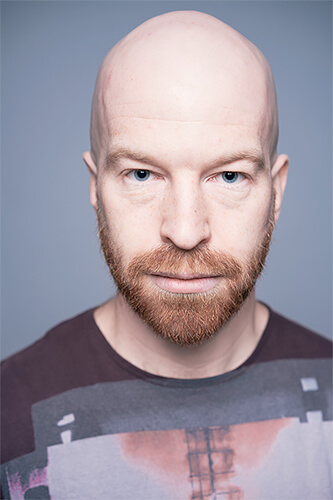Alexander Anufriev is a Russian photographer, born in Ukhta (Komi Republic, Russia) in 1988. Before photography, Anufriev worked in international advertising agencies. Currently, he is a Moscow-based photographer who works on projects describing and analysing social landscape of contemporary Russia.
Alexander Anufriev’s
Russia Close-Up series is a zoomed-in look at what makes a modern Russia, through a highly subjective lens. He got the idea for it while he was studying at The Rodchenko Art School in Moscow, after becoming disillusioned with documentary photography.
“At the time, it was important for me to tell stories and for them to be the truth, but it started to feel like a little bit of a lie,” he explains.
“Even if you’re trying to be totally objective, it is always a bit subjective."
“I stopped shooting for six months, and I was about to quit photography, but then I thought, ‘What if I tried to be completely subjective?’ So I cropped the images very tightly, and included only the elements I wanted to show. It was a farewell to convention.” Unconventional it may be, but the series has already had some success, exhibited in Cardiff, Sydney, and Saint Petersburg, and winning third place in the Moscow Photobookfest Dummy book award.
Anufriev’s past projects have included a series on homeless people celebrating New Year’s Eve in a Moscow train station, and portraits of market sellers on the city’s streets. But for this project, he wanted find a way to visualise the mood of a whole country. Born in 1988, he doesn’t remember life in the Soviet Union, behind the Iron Curtain. But over the last few years, against a backdrop of political apathy, he has began to realise the underlying forces of patriotism and nationalism in modern Russia. This series is an attempt to bring the image of Russia up to date, he says.
“There are inner processes that are not obvious to the rest of the world,” he adds,
“the strengthening of censorship and propaganda. This series is an attempt to visualise these processes.”Source: British Journal of Photography
